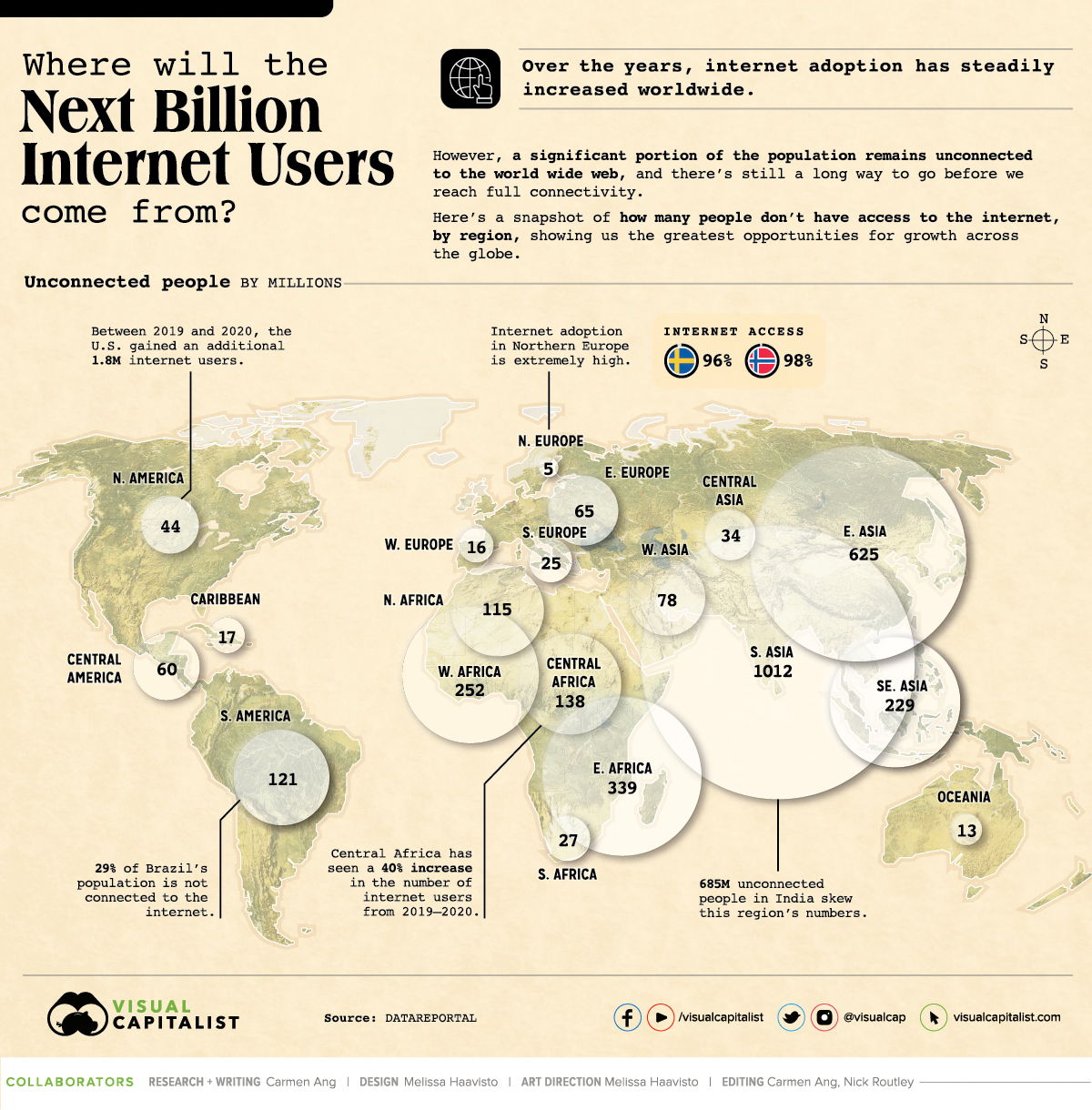Major Satellite Providers Are Leading The Satellite WiFi Charge - And We Should Pay Attention

Thanks to major providers such as Viasat (NASDAQ: VSAT) , Avanti, Yahsat, SpaceX, OneWeb, , Geespace, Telesat (TSX: TSAT.TO) and Amazon (NASDAQ: AMZN) , the remainder or the world’s unconnected regions will soon come online through innovative satellite technology. The market for satellite Wi-Fi is growing rapidly, and as it continues to gain momentum, powering the associated ground infrastructure in remote areas will be critical to ensuring its sustained success. Ultimately, clean tech will provide the reliable power solution needed for this market.
Early Market Growth
In the last few years, players in the satellite Wi-Fi market have seen continued growth as the adoption of satellite services has increased, especially in developing countries. For example, Viasat’s revenue was up by 24% in 2022 compared to 2021. Such growth is expected to continue as the satellite internet market is projected to be worth $18.59 billion by 2030. Also, the recently announced partnership between Eutelsat and OneWeb is a positive sign for the growth of the market.
The Market Potential For Connectivity
Although connectivity is becoming ubiquitous, the distribution of internet access around the world remains highly unequal. In fact, billions of people are not connected to the internet globally, and less than 1 in 5 people in the least developed countries are connected. This is known as the digital divide.
An increasingly relevant and underlying cause of the digital divide is the inability of power infrastructure to provide reliable connectivity. In urban areas, although power infrastructure is available, the grid is becoming increasingly unreliable and costly to maintain. Even more so than in urban centers, inadequate power infrastructure presents a challenge for connectivity deployment in rural areas, as the grid is often outdated, and massive infrastructure upgrades cost billions of dollars.
The Role of Clean, Smart Technology
As a result, when companies such as Viasat (NASDAQ: VSAT), and SpaceX deploy satellites, they are going to need off-grid energy to power their ground infrastructure, especially when bringing satellite services to new regions where grid power is cost-prohibitive to implement. And to implement off-grid power that is low-cost and reliable, smart technology is critical.

Smart solar power can now offer much lower costs and higher reliability when compared to conventional off-grid systems. Smart technology uses energy forecasting, remote management, and intelligent analytics to optimize the performance of off-grid power systems. Smart technology will thus provide the low-cost power solution required for the expansion of rural satellite Wi-Fi systems, which are instrumental in bringing communities online and unlocking their economic potential.
A Boom For Satellite Internet and Clean Technology
The use of satellite Wi-Fi to enhance connectivity is already being deployed. However, it has yet to reach the regions with the most significant unconnected populations. For instance, Space X’s Starlink currently services customers in North America and Europe, but has yet to reach its full potential by expanding its serviceability to the regions with the most unconnected people.
So, what’s the significance of this? Well, the point is that the satellite Wi-Fi market is on the cusp of a major boom. As of 2020, 41% of the world’s population had not yet connected to the internet. According to a 2020 report by the World Economic Forum, the majority of the world’s unconnected population lives in rural parts of Africa, South America and South Asia. The Covid-19 pandemic has driven a push toward universal internet connectivity, meaning there is an enormous market opportunity to bring millions of unconnected people online through satellites. Where laying new power lines is simply not feasible, these satellites will be powered by smart clean tech.
Smart, clean technology can thus provide the low-cost power infrastructure necessary to support satellite connectivity where grid infrastructure is poor and too costly to upgrade. As satellite Wi-Fi providers such as Viasat (NASDAQ: VSAT), Avanti, and SpaceX push to expand service to developing countries and capitalize on this market opportunity, they will undoubtedly look to clean technology to power these deployments.
Satellite internet is the future. If we are going to unlock the immense socioeconomic benefits of connectivity for all, satellites must play an integral role. The Satellite Wi-Fi industry is on the cusp of bringing millions of people online, and major growth is in the forecast for all players involved. Off-grid power technology will be a key facilitator of this rollout, providing the power infrastructure required to make rural connectivity sustainable and scalable.


